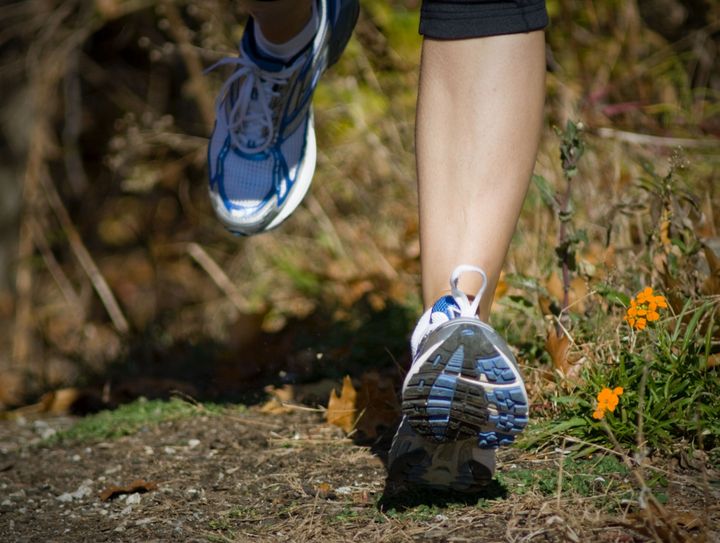
I traveled to South Africa this month so that my fiancé could fulfill a dream of racing in the Comrades Marathon, a famous ultra-marathon. Challenging does not begin to describe this race. The route is 89 kilometers (56 miles) in distance, includes extreme elevation changes and a strict time limit of 12 hours is enforced. If you run the race in 12:01, you do not qualify as "finished." South Africans are very proud of their marathon and thousands stand along the roads to cheer. Wearing Comrades' gear as we toured the country, my fiancé was repeatedly asked two questions. "Did you run?" and "Did you finish?"
In preparation for the trip, I researched the race. I knew the basics -- distance, towns, elevation. At no point did I stop and wonder why this marathon is called Comrades. I did not realize that the marathon is one of oldest races of honor and remembrance in the world.
The Comrades Marathon was started by Vic Clapham, a veteran of the Great War 1914-1918. After the war, Vic wanted to remember and honor his fallen comrades from the Great War. He approached the League of Comrades of the Great War, an association of veterans and asked for permission to stage a 56-mile race as a living memorial to the spirit of the soldiers of the Great War. Clapham was initially turned down but he persisted.
According to the website, he insisted "that if a sedentary living person could be taken off the street, given a rifle and 60 pound pack and marched all over Africa, then surely a fit and able athlete could complete the distance."
Eventually the League agreed and the first Comrades took place on May 24, 1921 with 34 participants. It has taken place every year since with the exception of 1941-1945 due to World War II. Throughout the years, thousands have completed this challenging distance.
Today, it is common for people to run marathons to honor family or friends and to raise money for charity. My organization is one of many that provides race bibs for popular marathons. Our Team members have included fathers and mothers, siblings, spouses and friends of fallen service members. Many of those running are like Vic, racing for their fallen comrades. For these Team members, each stride is to honor a fallen hero and each step is part of the healing process. Others do not have a personal loss but still have made a commitment to support our military. Regardless, each race is a personal journey.
During the Comrades Marathon, I cheered on thousands of runners for close to ten hours. These were men and women of all ages, races, countries and athletic ability. Some displayed their country's flag on their shirt; others wore funny hats or carried props. As I stood at around the 60 km point, I spotted an older man running with a name on his shirt -- the name of a fallen soldier. The 12-hour pacing group had already passed and this man was among the participants that we all knew would not finish the race in time. I yelled out to this man, excited to finally see someone running this historic race for the very reason it was created. The man heard my yell and waved, clearly thankful that I acknowledged this fallen comrade. And despite the distance, his time, his age and the temperatures, he did not seem all that tired.
Although it is difficult to confirm, I believe that Comrades is the first marathon or ultra-marathon created to honor fallen service members. It is definitely the longest running ultra-marathon in the world. Nearly 100 years ago, Clapham knew what thousands have learned since -- when you are running and racing in honor of others, pain and discomfort are easier to tolerate.